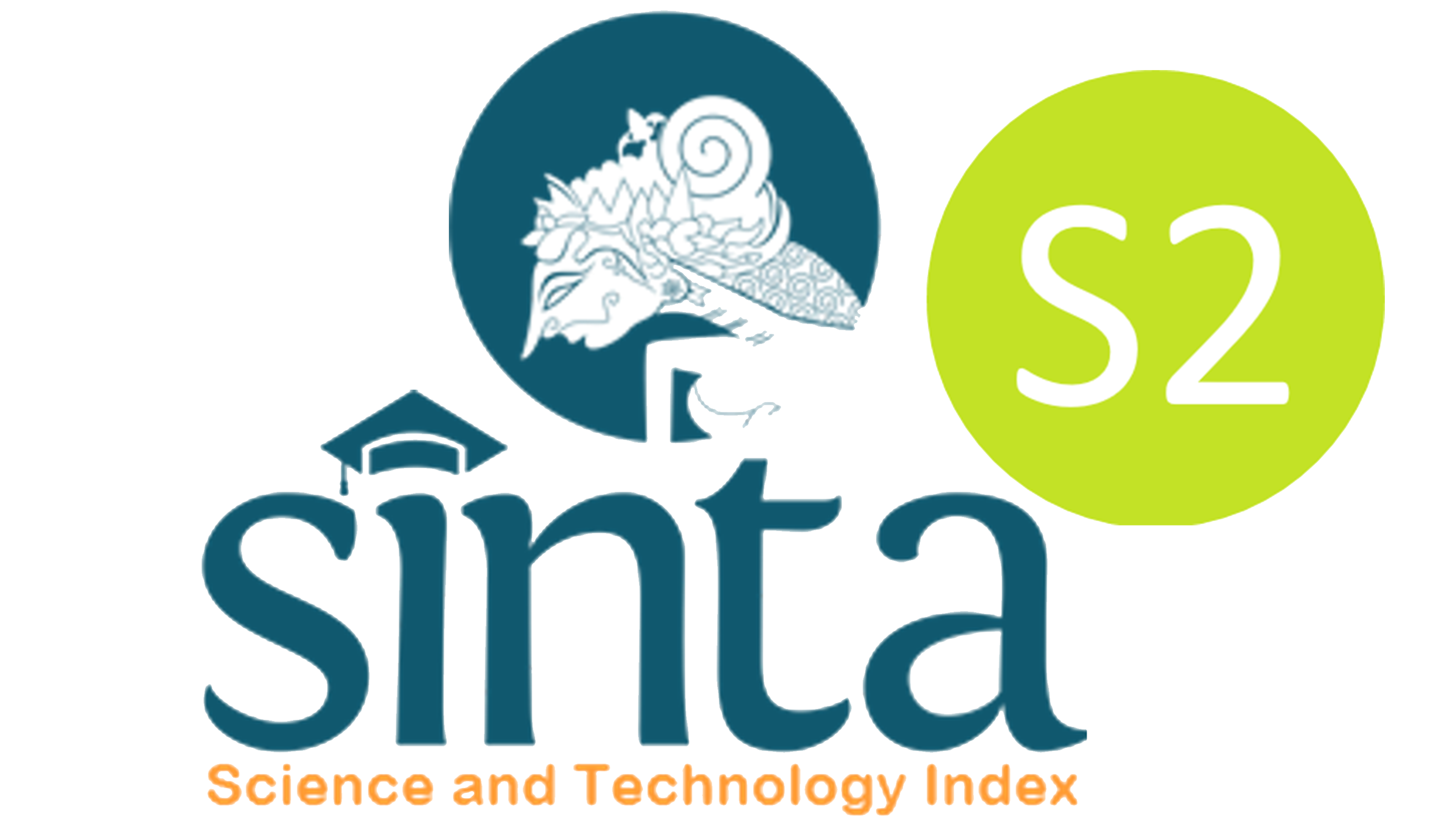UJI PRAKLINIS 99mTc-KANAMISIN SEBAGAI RADIOFARMAKA UNTUK PENCITRAAN INFEKSI
DOI: http://dx.doi.org/10.17146/jstni.2015.16.1.2364
Abstract
ABSTRAK
UJI PRAKLINIS 99mTc-KANAMISIN SEBAGAI RADIOFARMAKA UNTUK PENCITRA-AN INFEKSI. 99mTc-kanamisin merupakan salah satu radiofarmaka yang digunakan untuk mendiagnosis infeksi hingga ke bagian tubuh yang sangat dalam. Penelitian ini bertujuan untuk mendapatkan informasi mengenai karakteristik praklinis 99mTc-kanamisin meliputi toksisitas, sterilitas, pirogenitas, dan biodistribusi. Uji toksisitas dilakukan pada 5 ekor mencit yang diinjeksi 99mTc-kanamisin secara intra vena ekor, dilanjutkan dengan pengamatan sampai dengan 24 jam setelah injeksi. Hasil pengamatan menunjukkan bahwa 99mTc-kanamisin tidak bersifat toksik. Uji sterilitas dengan metode inokulasi 99mTc-kanamisin secara langsung pada medium nutrient agar dan tioglikolat cair menunjukkan bahwa 99mTc-kanamisin bersifat steril. Uji pirogenitas pada 3 ekor kelinci yang diinjeksi 99mTc-kanamisin secara intra vena pada telinga menunjukkan bahwa suhu total respon sebesar 2,9 oC, yang berarti 99mTc-kanamisin belum bebas pirogen. Biodistribusi 99mTc-kanamisin dilakukan pada mencit yang tidak diinfeksi dan yang diinfeksi dengan bakteri Escherichia coli dan Staphylococcus aureus secara intra-muskular pada 24 jam sebelum injeksi 99mTc-kanamisin. Beberapa sampel organ dan jaringan mencit diambil pada interval waktu 30, 60, dan 180 menit pasca injeksi 99mTc-kanamisin secara intravena melalui ekor mencit, menunjukkan bahwa 99mTc-kanamisin terakumulasi di dalam organ target yaitu otot paha kiri. Nilai rasio otot paha kiri terhadap otot paha kanan yang diperoleh sebesar 3,63 dan 5,64, masing-masing untuk E. coli dan S. aureus. Radiofarmaka 99mTc-kanamisin bersifat tidak toksik, steril, mengandung pirogen, terdistribusi di dalam tubuh mencit dengan baik, dan diekskresikan secara cepat dari dalam tubuh mencit melalui ginjal mulai 30 menit pasca injeksi, baik pada mencit yang diinfeksi bakteri maupun mencit yang tidak diinfeksi bakteri.
ABSTRACT
99mTc-KANAMYCIN PRECLINICAL TESTING AS A RADIOPHARMACEUTICAL FOR INFECTION IMAGING. Infectious disease is the leading cause of death in worldwide, especially in developing countries such as Indonesia. Early detection and determination of the exact location of infection by imaging methods can facilitate treatment. 99mTc-kanamycin is one of the radiopharmaceuticals that widely used for such purpose. The aim of the study was to obtain the information on the preclinical characteristics of 99mTc-kanamycin including toxicity, sterility, pirogenicity, and biodistribution. Toxicity test conducted in 5 mice injected radiopharmaceutical 99mTc-kanamycin intra venous tail, showed that the radiopharmaceutical was not toxic for 24 hours after intravenous injection. Sterility testing of radiopharmaceutical 99mTc-kanamycin conducted with direct inoculation on Nutrient Agar and liquid Thioglicolat medium showed that the radiopharmaceutical was sterile. Pyrogenicity test conducted in 3 rabbits injected with the radiopharmaceutical 99mTc-kanamycin showed that the total temperature response was 2.9oC, that means that the radiopharmaceutical was not free from pyrogen. Biodistribution of 99mTc-kanamycin at intervals of 30, 60, and 180 minutes post intravenously injection through the tail of mice, infected with Escherichia coli and Staphylococcus aureus intramuscularly 24 hours earlier, showed that 99mTc-kanamycin accumulates in the target organ of the left thigh muscle. The ratio values of left to right thigh muscle were 3.63 and 5.64 for E. coli and S. aureus, respectively. Radiopharmaceutical 99mTc-kanamycin was not toxic, sterile, pyrogen, distributed in the body of mice, and were rapidly excreted from the body through the kidneys starting 30 minutes post injection, both in bacterials infected or without bacterials infected mice.
ABSTRACT
99mTc-KANAMYCIN PRECLINICAL TESTING AS A RADIOPHARMACEUTICAL FOR INFECTION IMAGING. Infectious disease is the leading cause of death in worldwide, especially in developing countries such as Indonesia. Early detection and determination of the exact location of infection by imaging methods can facilitate treatment. 99mTc-kanamycin is one of the radiopharmaceuticals that widely used for such purpose. The aim of the study was to obtain the information on the preclinical characteristics of 99mTc-kanamycin including toxicity, sterility, pirogenicity, and biodistribution. Toxicity test conducted in 5 mice injected radiopharmaceutical 99mTc-kanamycin intra venous tail, showed that the radiopharmaceutical was not toxic for 24 hours after intravenous injection. Sterility testing of radiopharmaceutical 99mTc-kanamycin conducted with direct inoculation on Nutrient Agar and liquid Thioglicolat medium showed that the radiopharmaceutical was sterile. Pyrogenicity test conducted in 3 rabbits injected with the radiopharmaceutical 99mTc-kanamycin showed that the total temperature response was 2.9oC, that means that the radiopharmaceutical was not free from pyrogen. Biodistribution of 99mTc-kanamycin at intervals of 30, 60, and 180 minutes post intravenously injection through the tail of mice, infected with Escherichia coli and Staphylococcus aureus intramuscularly 24 hours earlier, showed that 99mTc-kanamycin accumulates in the target organ of the left thigh muscle. The ratio values of left to right thigh muscle were 3.63 and 5.64 for E. coli and S. aureus, respectively. Radiopharmaceutical 99mTc-kanamycin was not toxic, sterile, pyrogen, distributed in the body of mice, and were rapidly excreted from the body through the kidneys starting 30 minutes post injection, both in bacterials infected or without bacterials infected mice.
Keywords
Full Text:
PDF (Bahasa Indonesia)Refbacks
- There are currently no refbacks.
Copyright (c) 2015 Iim Halimah, Ahmad Ridwan, Mukh Syaifudin

This work is licensed under a Creative Commons Attribution-NonCommercial-ShareAlike 4.0 International License.
JSTNI index in:





 .
.





